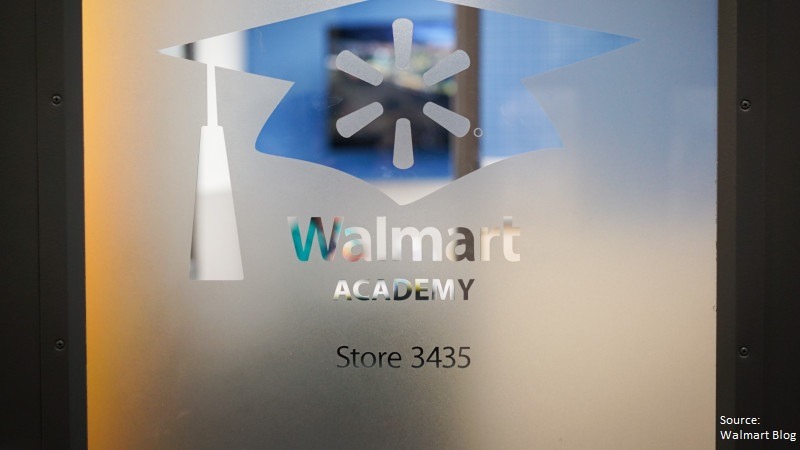
Have you noticed more “For Lease” signs in your neighborhood? Small businesses I used to visit while walking my dog are closing their doors because customer shopping habits are evolving. It’s not breaking news: traditional brick and mortar stores are less appealing to an increasingly technology-savvy consumer base. The industry is changing…right?
Yes, but It’s a complex landscape. On one hand, The Bureau of Labor Statistics reports the industry has grown by1.5 million jobs in 2010. In April of this year, there were more than 570,000 retail job openings in the United States. Yet, advances in technology are changing the way customers shop. The National Retail Federation (NRF) has observed online sales gaining ground against in-store purchases.
We’ve talked about the changing retail industry before. Our VP, Christian Hasenoehrl, described a change management plan to ready your business for the new retail landscape. He focused on tactics for leadership teams, not on stores, managers, cashiers, salespeople – how do they fit into a retail change management strategy?
An Industry Opportunity
Retailers have an opportunity to turn the traditional associate of yesterday into the company advocate of tomorrow. Technology like self-service check-out will replace the need for physical cashiers, creating space for retail employees to focus on the consumer experience. The NRF offers credential programs targeted to entry-level employees. Retailers looking to turn their sales staff into brand ambassadors (think Apple Store associates) can get training from the NRF. Programs created by the NRF are supported by large retailers, but operate independently.
These courses fill a need well for many employers, but we suggest you think about custom learning. The company itself knows where it’s heading and can anticipate the skills and behaviors it will need in the future. Company leadership also knows its own workforce – not all retail employees are alike, nor do they come into training from the same context. So our strong recommendation is to identify the employee behaviors that drive your business strategy, then let custom training take your employees from where they are to where you need them to be. You’ll be building your future company from the bottom up.
Consider what’s working well at Walmart. They created an academy to train their retail workforce in more advanced skills. Over the past two years, trainers have taught nearly half a million workers. And they’re looking to partner with other big retailers to create industry-wide training standards to position both companies and their workers for the future.
This is the kind of investment and proactive thinking that will pay off for retailers, employees, communities and customers as society evolves.



